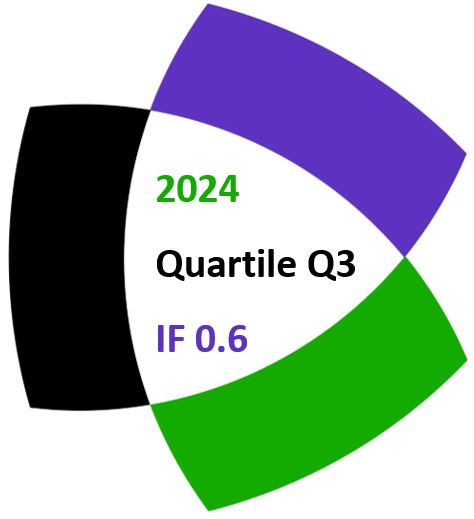Nurettin Irmak and Bo He
Notes on Number Theory and Discrete Mathematics
Print ISSN 1310–5132, Online ISSN 2367–8275
Volume 25, 2019, Number 4, Pages 102–109
DOI: 10.7546/nntdm.2019.25.4.102-109
Full paper (PDF, 235 Kb)
Details
Authors and affiliations
Nurettin Irmak ![]()
![]()
Department of Mathematics, Art and Science Faculty,
Niğde Ömer Halisdemir University, Turkey
Bo He ![]()
Institute of Mathematics, Aba Teachers University
Wenchuan, Sichuan, 623000 P. R. China
Abstract
In this paper, we solve the Diophantine equation ![]() , where
, where ![]() and
and ![]() are positive integers with
are positive integers with ![]()
Keywords
- Fibonacci numbers
- Linear forms in logarithms
- Reduction method
- s-th power
2010 Mathematics Subject Classification
- 11B39
- 11J86
References
- Bertók, C., Hajdu, L., Pink, I. & Rábai, Z. (2017). Linear combinations of prime powers in binary recurrence sequences. Int. J. Number Theory, 13 (2), 261–271.
- Bugeaud, Y., Mignotte, M., & Siksek, S. (2006). Classical and modular approaches to exponential Diophantine equation. I. Fibonacci and Lucas perfect powers. Ann of Math, 163, 969–1018.
- Bravo, J. J., & Luca, F. (2012). Powers of two in generalized Fibonacci sequence.Rev Colombiana Math, 46, 67–79.
- Luca, F. & Szalay, L. (2007). Fibonacci numbers of the form
 . The Fibonacci Quarterly, 45, 98–103.
. The Fibonacci Quarterly, 45, 98–103. - Marques, D. & Togbé, A. (2013). Fibonacci and Lucas numbers of the form
 Proc Japan Acad, 89, 47–50.
Proc Japan Acad, 89, 47–50. - Matveev, E. M. (2000). An explicit lower bound for a homogeneous linear form in logarithms of algebraic numbers. II, Izv Ross Akad Nauk Ser Mat, 64 (6), 125–180.
- Koshy, T. (2001). Fibonacci and Lucas Numbers with Applications, USA: Wiley.
- Luca, F. & Oyono, R. (2011). An exponential Diophantine equation related to powers of two consecutive Fibonacci numbers. Proc Japan Acad., 87 (A), 45–50.
- Shorey, T. N. & Stewart, C. L. (1987). Pure powers in recurrence sequences and some related Diophantine equations. J. Number Theory, 27 (3), 324–352.
Related papers
Cite this paper
Irmak, N., & He, B. (2019). s-th power of Fibonacci number of the form 2a + 3b + 5c. Notes on Number Theory and Discrete Mathematics, 25(4), 102-109, DOI: 10.7546/nntdm.2019.25.4.102-109.


